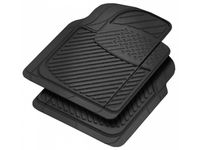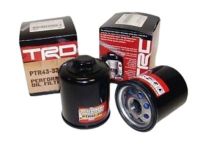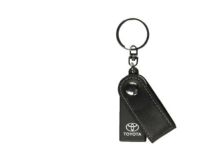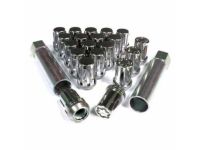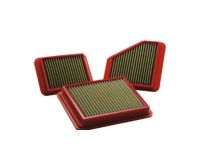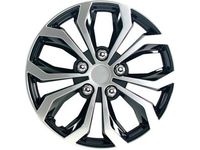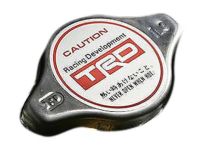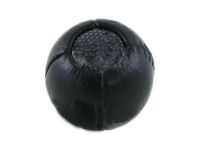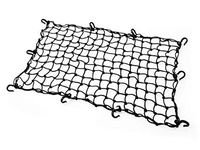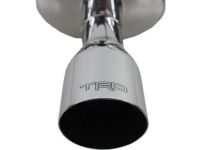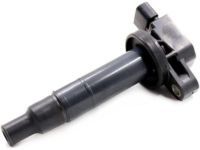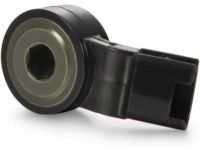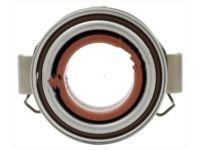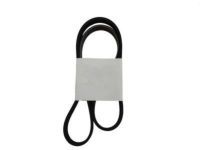- Live Chat
- 1-888-905-9199


Why choose ToyotaPartsDeal
- High-Grade Parts
The best site to buy Toyota Yaris genuine parts for years has been ToyotaPartsDeal.com. We're the best online store for genuine parts. Toyota Yaris parts you could ever need are available here at the finest quality and best value on the web that will have your vehicle performing past its limits.
- Value For Money
What makes us the best choice for OEM Toyota Yaris parts? You get tremendous savings because our goal is to offer unbeatable prices. At ToyotaPartsDeal.com, Our products offer the same performance and reliability as their OEM counterparts without having to break your wallet.
- Quick Delivery
Everything you need for routine maintenance and repair can be found in our complete Toyota Yaris parts catalog. Having the best OEM parts inventory available, the parts for your vehicle will arrive fast no matter your location in the nation. You'll be back on the open road before you know it.
Popular Genuine Toyota Yaris Parts
- Power Train/Chassis Parts View More >
- Body Parts View More >
- Engine/Fuel/Tool Parts View More >
- Electrical Parts View More >
Shop Genuine Toyota Yaris Parts with ToyotaPartsDeal.com
Toyota Yaris is a subcompact car manufactured by Toyota since 1999. The first Toyota Yaris was introduced in 1999 to replace the Toyota Starlet. It undertakes different names in different vehicle types and different markets worldwide. It won the Car of the Year Japan Award at its first production in 1998. The second generation Toyota Yaris (XP90; 2005-2013) was marked worldwide since 2005. As a hatchback, Toyota Yaris was also called Toyota Vitz. It was first unveiled at the 2006 Los Angeles Auto Show for the United States market. It offered LE, CE, and RS trim levels in the North American market. Yaris had lots of engine options ranging from 1.0 L 1KR-FE inline 3-cylinder gasoline engine to 1.4 L 1ND-TV inline 4-cylinder T diesel engine equipped with a 4-speed, CVT automatic transmissions and 5-speed and 6-speed manual transmissions. While as a sedan, Yaris was available in CE, LE, S, and RS trims. The third generation Yaris (XP130, XP150; 2011-present) was introduced in 2011 as a hatchback and in 2013 as a sedan. It still is known as Toyota Vitz as a hatchback but as Toyota Vios as a sedan.
Despite its two vehicle types, the Toyota Yaris shares common issues with other cars, including engine problems and suspension system failures. Yaris owners often report decreased engine performance, characterized by reduced power and gas mileage, dropping oil pressure, and dirty exhaust. The presence of unusual metallic or squealing noises, along with the illumination of the Check Engine Light, could indicate the need to check the oil filter, air filter, and drive belt. Suspension system issues can be marked by symptoms such as the vehicle tilting to one side, uneven tire wear, bottoming out, and bouncing. Additionally, steering issues, including wheel vibration and unintentional veering, may arise, prompting a check of the coil springs, wheel bearings, or control arm. The transfer case output shaft snap ring is another part that often fails in the Yaris's transmission system. It's also crucial to maintain smaller, everyday parts like the seat belt, which plays a vital role in passenger safety, and headlight and fog light bulbs, which ensure clear vision while driving. Regular attention to these issues can enhance the Yaris's lifespan.
Choosing OEM parts guarantees top-tier quality and durability. They are carefully designed to adhere to the strict specifications of the official factory and undergo thorough quality control inspections during production, ensuring long-lasting resilience and an impeccable fit. Should you be on the hunt for Toyota Yaris parts, our website is worth exploring. We house a vast array of genuine Toyota Yaris parts, encompassing everything from ignition coils to fan shrouds, all offered at unbeatable prices. Rest assured, as all our OEM parts come with a manufacturer's warranty, ensuring top-notch quality and value.
Toyota Yaris Parts Questions & Answers
- Q: How do you remove the ignition coil on Toyota Yaris?A: To remove the ignition coil, start by switching off the ignition and removing the engine top cover. Then, disconnect the wiring plug from the coil and remove the coil mounting bolt. Pull upwards to remove the coil from its spark plug. To test the coil, use an ohmmeter to measure the resistances of the primary and secondary windings. Compare the readings with the specifications provided and consult a Toyota dealer if necessary. Check for Car Batteries voltage at the positive terminal of the coil wiring plug. If desired, a spark test can be conducted, but caution must be exercised. To refit the coil, simply reverse the removal process. Repeat these steps for any additional coils.
- Q: What is the role of the knock sensor in the ignition system on Toyota Yaris?A: Several fuel-related sensors can affect the ignition system, with the issues likely being the crankshaft position sensor, camshaft position sensor, and knock sensor. The knock sensor detects pinking, a phenomenon that occurs when the engine runs on low-quality or low-octane fuel. It identifies vibrations caused by pinking and alerts the ECU to delay ignition timing until it stops. The knock sensor can be removed by taking off the throttle body and inlet manifold. Then, disconnect the wiring plug, and unscrew it from the engine. Proper torque is crucial when refitting the sensor for optimal functionality.
- Q: How to remove the clutch release bearing on Toyota Yaris?A: Take out the transmission to remove the clutch release bearing. Once you remove the transmission, unclip the release bearing from the release arm and remove it. It is recommended to replace the release bearing regardless of its condition due to the effort required to access it. During inspection, ensure that the contact surface of the bearing rotates smoothly and quietly. Be sure to check that the surface is smooth and unworn and it replace if there is any damage. When refitting, apply a small amount of molybdenum disulphide grease to the release bearing contact points on the release arm and then reattach the transmission.
- Q: How to operate the auxiliary drivebelt on Toyota Yaris?A: To install a Drive Belt, have a wrench, socket set, pry bar, and new belt on hand. Loosen the tensioner pulley, install a new belt using the correct diagram for routing, apply tension with the bar, and tighten the pulley. Check alignment and ensure the belt is seated properly on all pulleys.


































